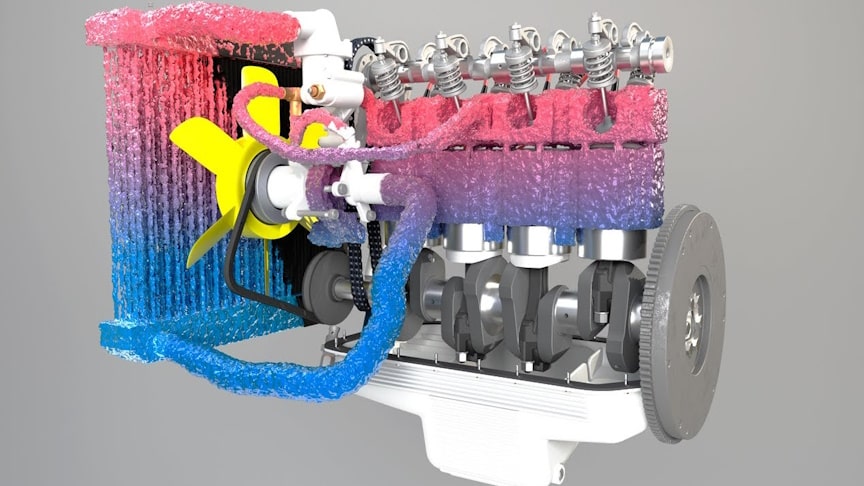A car engine produces a lot of heat when it is running, and must be cooled continuously to avoid engine damage.A vehicle’s engine-cooling system serves not just to keep the engine cool, but to also keep its temperature warm enough to ensure efficient, clean operation.
source.image: Sanya Tsvay
The sole job of a cooling system is to move coolant through all the channels present in an engine block. Water pump pushes the coolant through the cylinder block. While travelling through the channels, this coolant absorbs any heat your car’s engine produces.
After the coolant gets out of the engine, it is directed towards the radiator, where it cools down with the help of airflow in the car’s radiator grill. If, during any instance, the fluid’s temperature goes below a certain amount, it bypasses the radiator and gets directed towards the engine block. Until it reaches a certain temperature, this coolant will continue to circulate.
Advertisement
Then, a valve on the thermostat will open up, making way for the fluid to pass through radiator and begin the process of cooling.Cooling is also needed because high temperatures damage engine materials and lubricants and becomes even more important in hot climates.Internal-combustion engines burn fuel hotter than the melting temperature of engine materials, and hot enough to set fire to lubricants. Engine cooling removes energy fast enough to keep temperatures low so the engine can survive.











